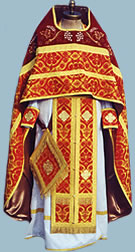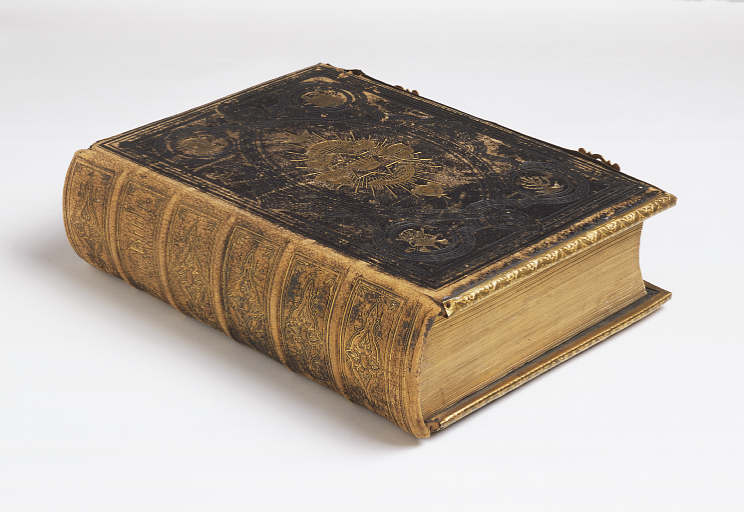Religion in Snefaldia
Endiri
- Main article(s): Endiri
Part of the "Three Native Faiths," Endiri is a polytheistic religion that is centered around the worship of personal, family, local, and regional deities. Practitioners do not have a word to describe themselves, and the word "Endiri" translates literally as "religious faith." The origins of Endiri begin in ancient Allasha, with personal guardian spirits, and extend through the Dayan period when they came to resemble the modern faith.
Endiri has no centralized structure, but disputes between religious areas are handled by the Tuhran Bel, the national ecclesiastical council. There are no priests or monasteries, and worshippers attend no standardized services. Temples and shrines vary in size and majesty depending on the amount of patronage they recieved, and maintenance is carried out by worshippers. Regional deities and local spirits generally have traditional services performed by the members of their district.
Personal deities are given when a person comes of age, and are usually a deceased ancestor or relative. It is common for family members to have the same personal deity. The coming-of-age ceremony takes place in the presence of the shrine of the family god, and the person choses both a name and a talisman that will become their own.
It is very common for Snefaldians of different religions to continue to worship the Endiri spirits. Many Snefaldian Catholics, despite attempts to prevent it, still have Endiri statues in their home and make regular offerings.
Draghadatha
- Main article(s): Draghadatha
One of the "Three Native Faiths," Draghadatha is more ascetic than Endiri, and has a more definite normality than the common faith. Like Endiri, pracitioners of Draghadatha do not give themselves a name, and Draghadatha translates from Bagura as "lonely mountain," a reference to the ascetics who go into the wilderness to contemplate. The ascetic tradition seems to come from ancient Bae, the only part of the ancient Bajeong faith surviving to the modern day.
Draghadatha is based on the study of the ederni medragha, holy texts supposedly inspired by the spiritual world. Ascetic practitioners copy the ederni medragha by hand and memorize them, developing the mystical spells and rituals and practicing them in the wilderness. Ederni medragha are very similar to Jewish midrash, in that they are commentaries written by the ascetics themselve, dealing with the mysteries of the spiritual and physical worlds.
Ascetics, in common language called "Draghas," have mixed receptions in everyday life. Some are feared for their supposed mystical power, and some are sought out as both faith healers and holy men. Then are often seen worshipping at Endiri shrines, but are usually seen in the harsh wilderness.
Aatem Nal

- Main article(s): Aatem Nal
The third and largest of the "Three Native Faiths," Aatem Nal is the most organized of the three, with a definite hierarchy as well as religious institutions and political power in the form of the Tuhran Bel. Aatem Nal translates as "study of the tower," a reference to the development of the school in places of learning. Aatem Nal has a power base, located in the city of Serasarda in northern Sring Issa, and makes up a large part of the Tuhran Bel, the theocratic government of Snefaldia.
Aatem Nal is more complex and secretive than Draghadatha and Endiri, and is not entirely comprehensible even to the average Snefaldian. Common lore places the genesis of the faith somewhere in the murky blackness of Snefaldia's ancient history, along with that of Endiri, but it only became commonly known in 1214 when Khsayakan, apparently a powerful Dragha, came down from the Velnars, dissemnating the wisdom of the Amershaman Medrahov, and beginning the religion.
Practitioners of Aatem Nal call themselves Arsathaes, scholars of the universe. Ederni medragha focus heavily into their study, but unlike Draghas they use a very specific set of ederni medragha, known collectively as the Amershaman Medrahov, "Books of Motions." Arsathaes organize themselves into hierarchical schools led by the senior scholars, and believe that all things are to be recorded. In their golden age, 1300-1651, the Arsathaes builts amazing libraries and schools, huge citadels devoted to learning, archiving, and the stduy of occult, esoteric knowledge. The largest of these is the Grand Library in Serasarda.

